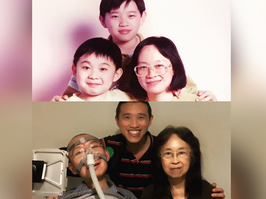musician alan jackson reveals cmt diagnosis
charcot-marie-tooth disease is a degenerative nerve condition.
numb, tingly fingertips? it could be raynaud's disease
raynaud's disease, which affects about 12,000 canadians, is not life-threatening, but it can be serious in rare cases.
 3 minute read
3 minute read








